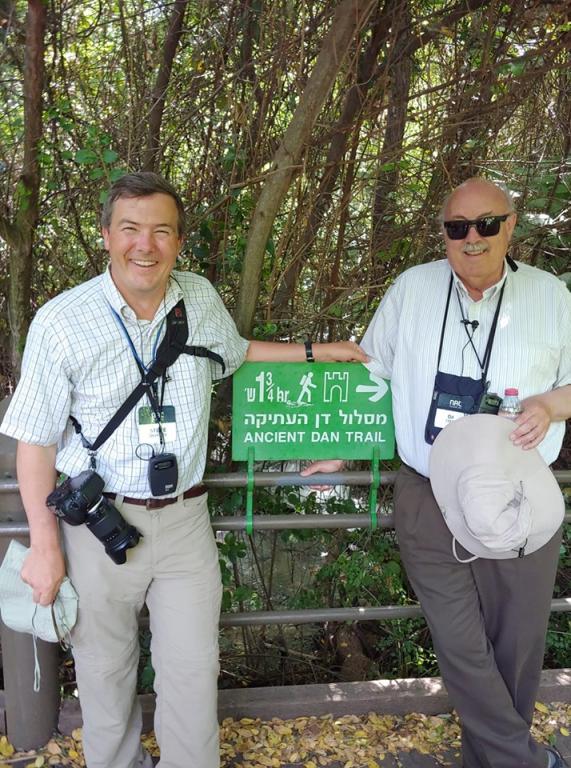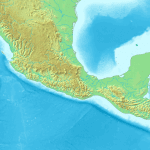
In view of the Interpreter Foundation’s ever-declining productivity, its long-prophesied, eagerly anticipated, and rapidly accelerating downward spiral, the items below — posted earlier today — may perhaps represent your very last chance ever to see any trace of its existence. Unless, of course, you look in again next week. Or next month. Or next year.
“Interviews with Ben Spackman and Samuel T. Wilkinson”
On 18 October 2024, Daniel Peterson interviewed Ben Spackman, a Latter-day Saint historian of religion, science, and biblical interpretation, on the topic of Latter-day Saint views of evolution, and Dr. Samuel T. Wilkinson, an active Latter-day Saint who currently serves as an associate professor of psychiatry in Yale University’s School of Medicine. The conversation with Dr. Wilkinson focused on Professor Wilkinson’s recent book, Purpose: What Evolution and Human Nature Imply About the Meaning of Our Existence (New York and London: Pegasus Books, 2024).
Dr. Spackman’s background and formal training are exceptionally broad, including advanced work in Semitic languages, Biblical studies, the history of science, and the history of Christianity, with a primary focus on the Reformation and on modern American religious thought. He completed all of the coursework for a PhD in Comparative Semitics (effectively, in Old Testament Languages and Literature, as well as Arabic) at the University of Chicago, but ultimately received his PhD in American Religious History from Claremont Graduate University, where his dissertation explored twentieth-century Latter-day Saint attitudes toward evolution and creationism.
In Purpose, Dr. Wilkinson argues for a religious dimension—indeed, a religious purpose—in evolution. “Our coming into existence was not random,” he contends, “allowing for the possibility of an overarching purpose to our lives. But evolution seems to have shaped us in such a way that we are pulled in different directions: the dual potential of human nature. We also find ourselves in possession of free will. . . . [W]hen we bring it all together, it seems clear . . . that life is a test. A principal purpose of our existence is to choose between the good and evil inherent within us.”
Purpose was not written for a primarily Latter-day Saint audience, but elements of its argument will surely resonate with students of the Book of Mormon.
Both conversations were recorded, and are now available for viewing below and on YouTube at https://www.youtube.com/watch?v=nGtODuGEATc and https://www.youtube.com/watch?v=_qOXI48Ns40, respectively.
“A Closer Look at Transliterations in Divine Translations,” written by Spencer Kraus
Abstract: The Book of Mormon contains many words left untranslated by Joseph Smith, such as cureloms, cumoms, senine, and ziff. While some might wonder why these words are left untranslated, a closer examination of the kinds of words that are simply transliterated as well as the frequency at which these phenomena occur provide evidence that Joseph Smith actually had an ancient record that he was translating into English. In this paper, I examine why some words have been transliterated in historical translations of the Bible or other ancient texts and compare these explanations to the Book of Mormon. In the end, I show that the Book of Mormon consistently transliterates the same types of words typically left untranslated in other works in ways that would have been unknown to Joseph Smith.
“A Plain Exposition of Book of Mormon English by Means of Short Questions and Informed Answers,” written by Stanford Carmack
Abstract: Because many questions have arisen regarding the discovery of real early modern influence in the dictated language of the Book of Mormon, some of these are considered and answered in this essay. The answers reflect insights from an exploration of the data that drove the conclusions published in previous papers. Numerous considerations independently indicate that the Book of Mormon was dictated in language that cannot be explained as a mere imitation of King James linguistic style, nor as Joseph Smith’s Yankee dialect. While the reasons for this and the processes that may have led to such results are open for debate, the implications of the data themselves cannot be lightly brushed aside.
And the two articles above are accompanied by a pair of “Interpreting Interpreter” articles by Kyler Rasmussen. All of the Interpreting Interpreter articles may be seen at https://interpreterfoundation.org/category/summaries/. An introduction to the “Interpreting Interpreter”series is available at https://interpreterfoundation.org/interpreting-interpreter-on-abstracting-thought/.
“Interpreting Interpreter: Examining Transliterations”
This post is a summary of the article “A Closer Look at Transliterations in Divine Translations” by Spencer Kraus in Volume 63 of Interpreter: A Journal of Latter-day Saint Faith and Scholarship. A video introduction to this Interpreter article is now available on all of our social media channels, including on YouTube at https://youtube.com/shorts/5kqmIQHJCZ0.
The Takeaway: Kraus argues that the transliterated words of the Book of Mormon are the same types of words that translators often leave untranslated in other texts, suggesting that it really is a translation rather than a work of fiction.
“Interpreting Interpreter: Early Modern Q&A”
This post is a summary of the article “A Plain Exposition of Book of Mormon English by Means of Short Questions and Informed Answers” by Stanford Carmack in Volume 63 of Interpreter: A Journal of Latter-day Saint Faith and Scholarship. All of the Interpreting Interpreter articles may be seen at https://interpreterfoundation.org/category/summaries/. A video introduction to this Interpreter article is now available on all of our social media channels, including on YouTube at https://youtube.com/shorts/OC78CMrnmh8.
The Takeaway: Carmack answers some key questions on the Early Modern English present in the Book of Mormon, clarifying ways that the text appears not to have come from the mind of Joseph Smith.
Finally, I thoroughly enjoyed the online Interpreter Foundation master class on the Hebrew Scriptures that was taught last Saturday, from her home in England, by Dr. Margaret Barker. She will be doing the second part of her two-part seminar tomorrow (Saturday) at 11 AM. (While participation in last week’s presentation would, I’m sure, be helpful, I don’t believe that it is absolutely necessary.) I will be traveling tomorrow morning, but I hope to be settled down in time to catch the discussion live. Happily, though, videotapes of both master classes will eventually be made available on the Interpreter Foundation website. (That is, of course, if the Interpreter Foundation website survives so long!)
By the way, the end of the year is approaching. In the United States, at least, because of the impact of the rules of the Internal Revenue Service, the next few weeks are peak charitable-giving time. So I hope that you’ll consider including the Interpreter Foundation among the causes that you choose to support. At least for our final expenses!













